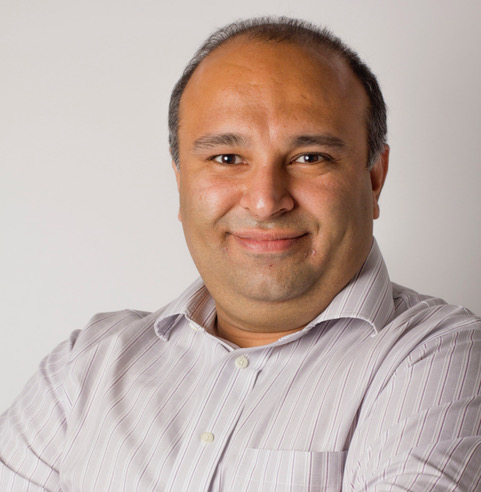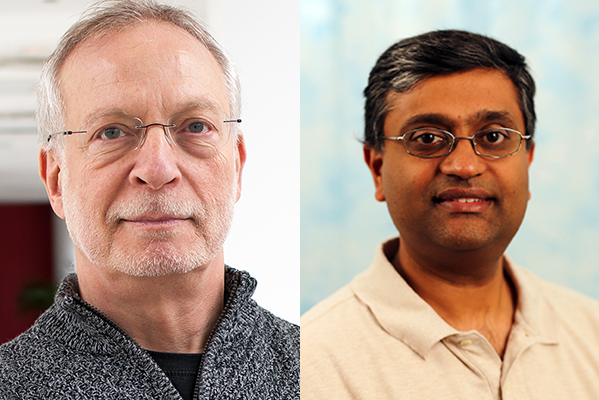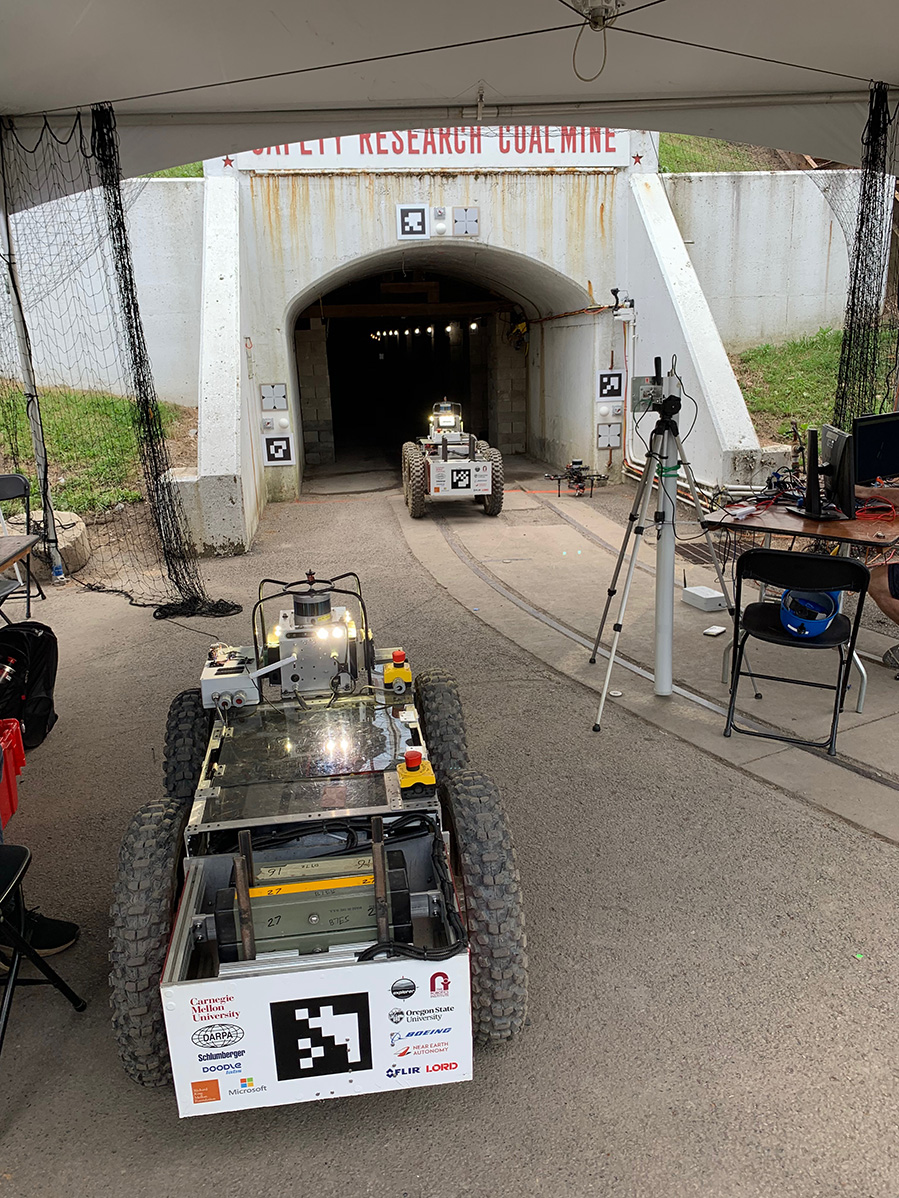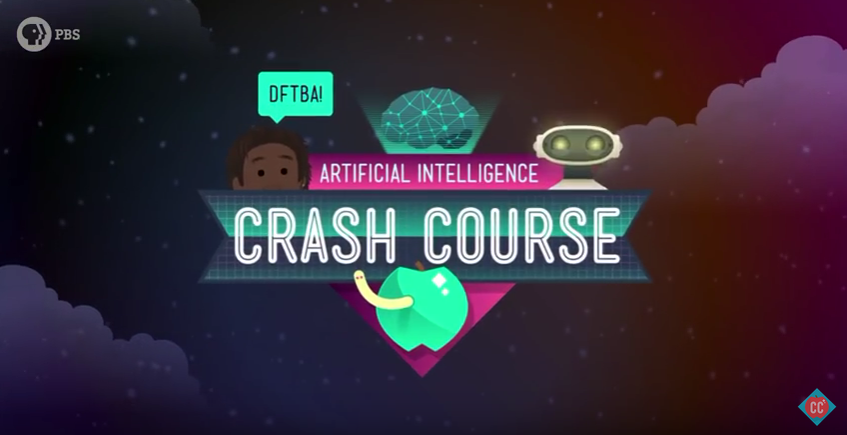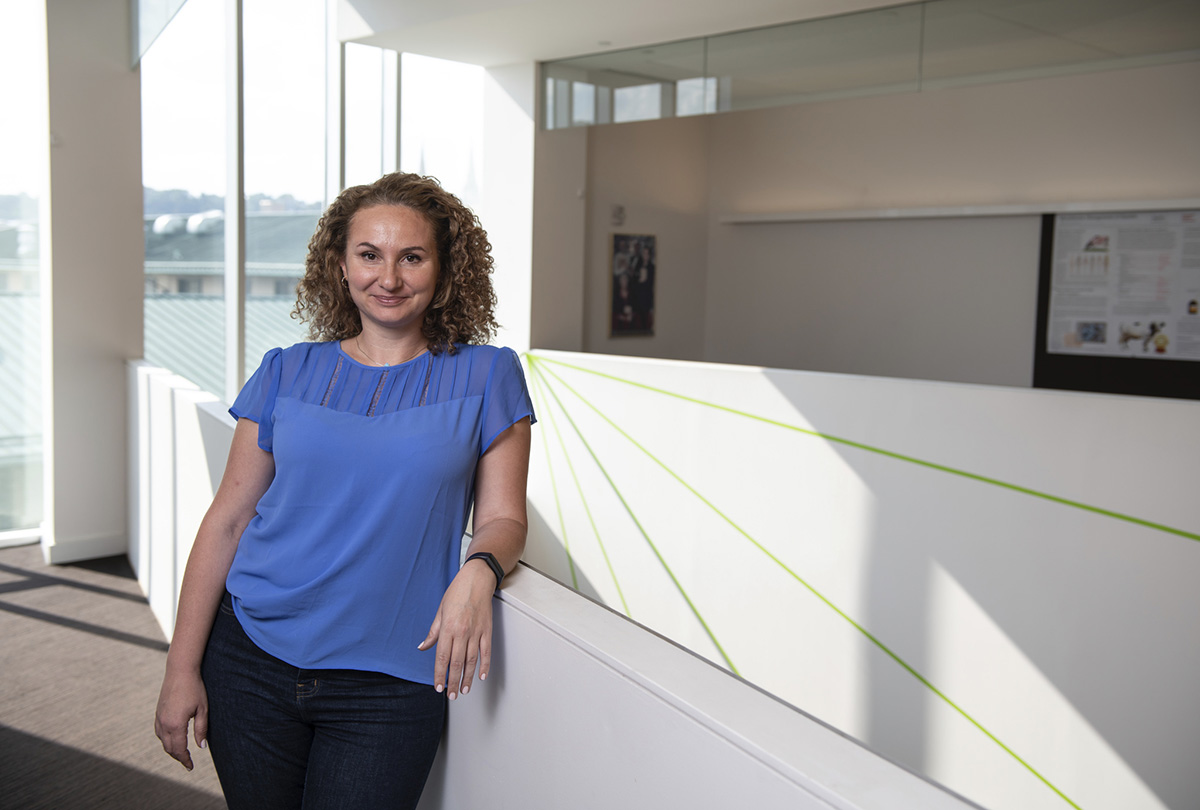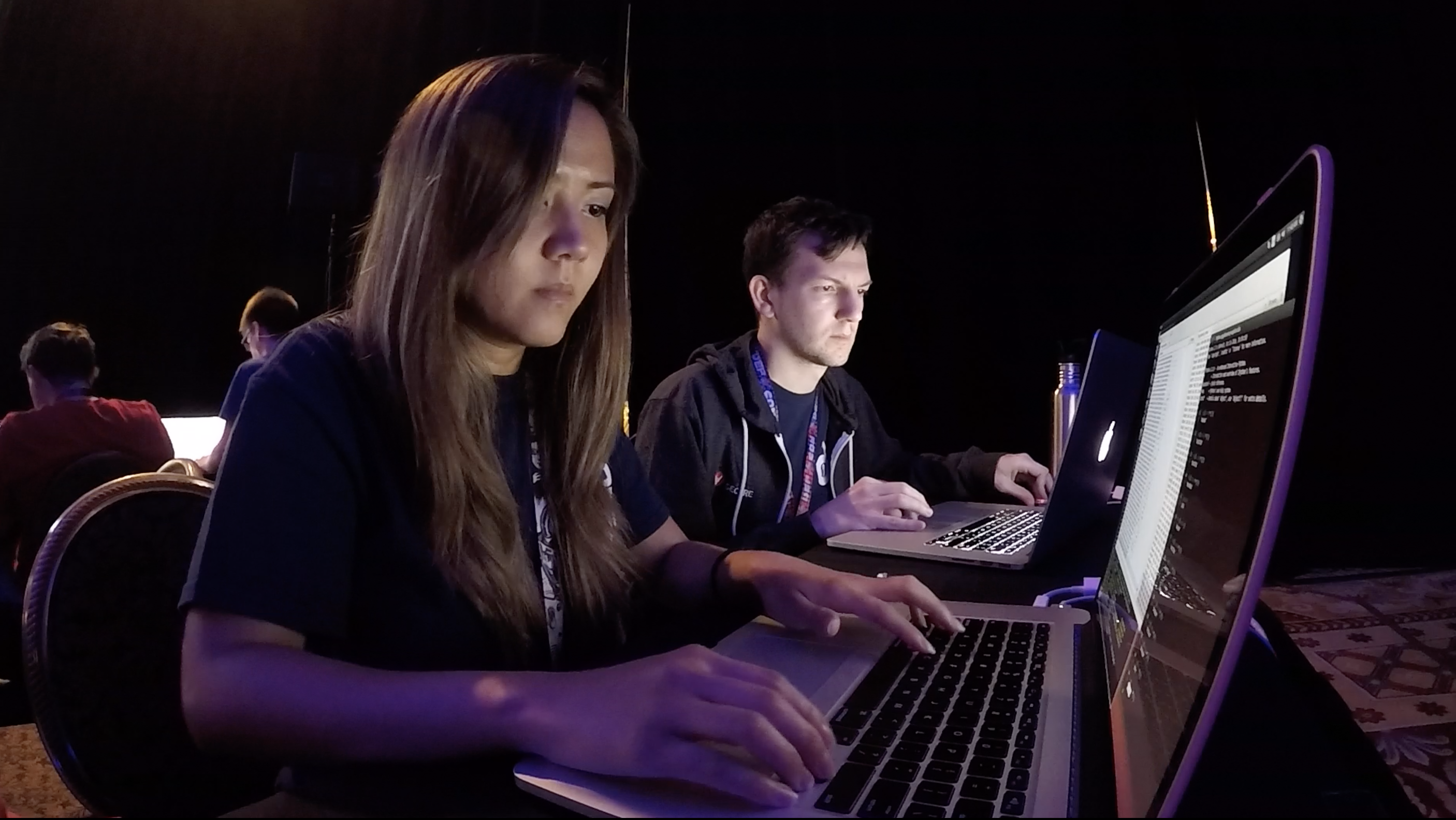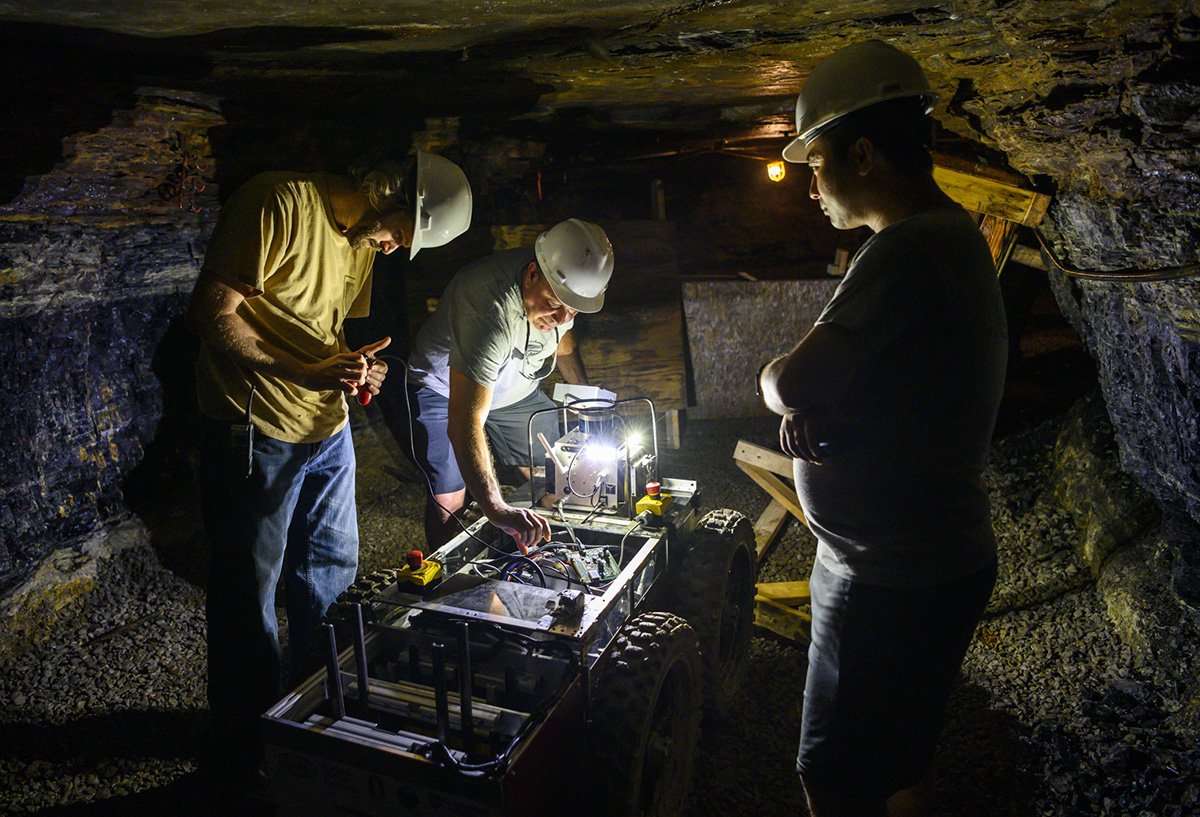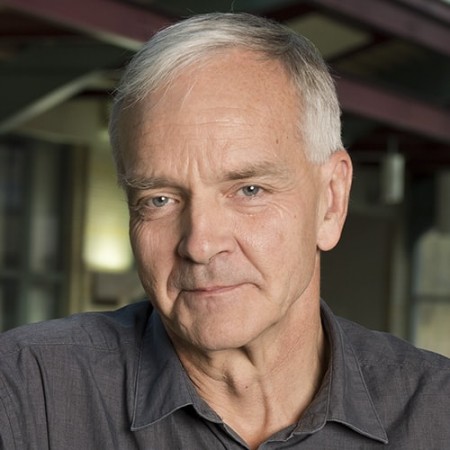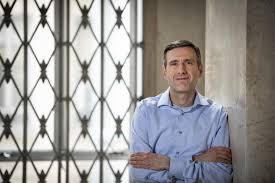Rayid Ghani, Pioneer in Applying AI to Social Issues, Joins Carnegie Mellon
CMU Alumnus Was Chief Scientist for 2012 Obama Presidential Campaign
Rayid Ghani, a pioneer in using data science and artificial intelligence to solve major social and policy challenges and the former chief scientist for Barack Obama's 2012 re-election campaign, will join the Carnegie Mellon University faculty this fall. Ghani, a CMU alumnus, will be a Distinguished Career Professor with a joint appointment to the Heinz College of Information Systems and Public Policy and the School of Computer Science. In his new role at CMU, Ghani will use his joint appointment to the Heinz College and School of Computer Science to continue his work as a leader in harnessing the potential of artificial intelligence, data science and other emerging technologies for social good. His work in these areas complements the research being done in CMU's Metro21: Smart Cities Institute and the Block Center for Technology and Society. "My focus over the last several years has been on enabling the use of AI, machine learning and data science to tackle large-scale public policy and social impact problems in an ethical and equitable manner, whether it was with government agencies, foundations, nonprofits or the private sector," Ghani said. "I look forward to joining a world-class institution that shares those same values around the use of technology to create positive and equitable social outcomes." Ghani comes to CMU from the University of Chicago, where he was director of the Center for Data Science and Public Policy, research associate professor in the Department of Computer Science, and a senior fellow in the Harris School of Public Policy. At the university, he developed the Data Science for Social Good Fellowship to equip the next generation of statisticians, computer scientists and social scientists with the skills necessary to address real-world and large-scale social problems using data science and machine learning. Previously, Ghani served as chief scientist for the Obama for America 2012 Election Campaign, where he specialized in using data, analytics and technology to reach, persuade and mobilize voters, donors and volunteers. Prior to that, he was a senior research scientist and director of analytics research at Accenture Labs. Ghani received a master's degee in machine learning at Carnegie Mellon, where he studied under Tom Mitchell, the Founders University Professor of Machine Learning and Computer Science and originator of the world's first Machine Learning Department. "Rayid has played a pivotal role in shaping our field's understanding of how the innovative technologies CMU has developed can be implemented for the greater social good," said Martial Hebert, dean of the School of Computer Science. "We look forward to welcoming him back to the Carnegie Mellon community, where his invaluable insight into analytics, machine learning and data science will continue to drive the social impact of CMU's research centers." Ghani serves on the Board of Directors of the Data Science for Social Good Foundation, as well as on the Steering Committee for the AI for Good Foundation. In 2014, he was named a "Young Global Leader" by the World Economic Forum. "Rayid's understanding of the greater impacts of technology on society — and its potential for promoting shared prosperity — makes him a perfect addition to our team," said Ramayya Krishnan, dean of the Heinz College. "We are excited to see how Rayid will contribute to advancing the mission of our research centers, as well as of Carnegie Mellon as a whole."

